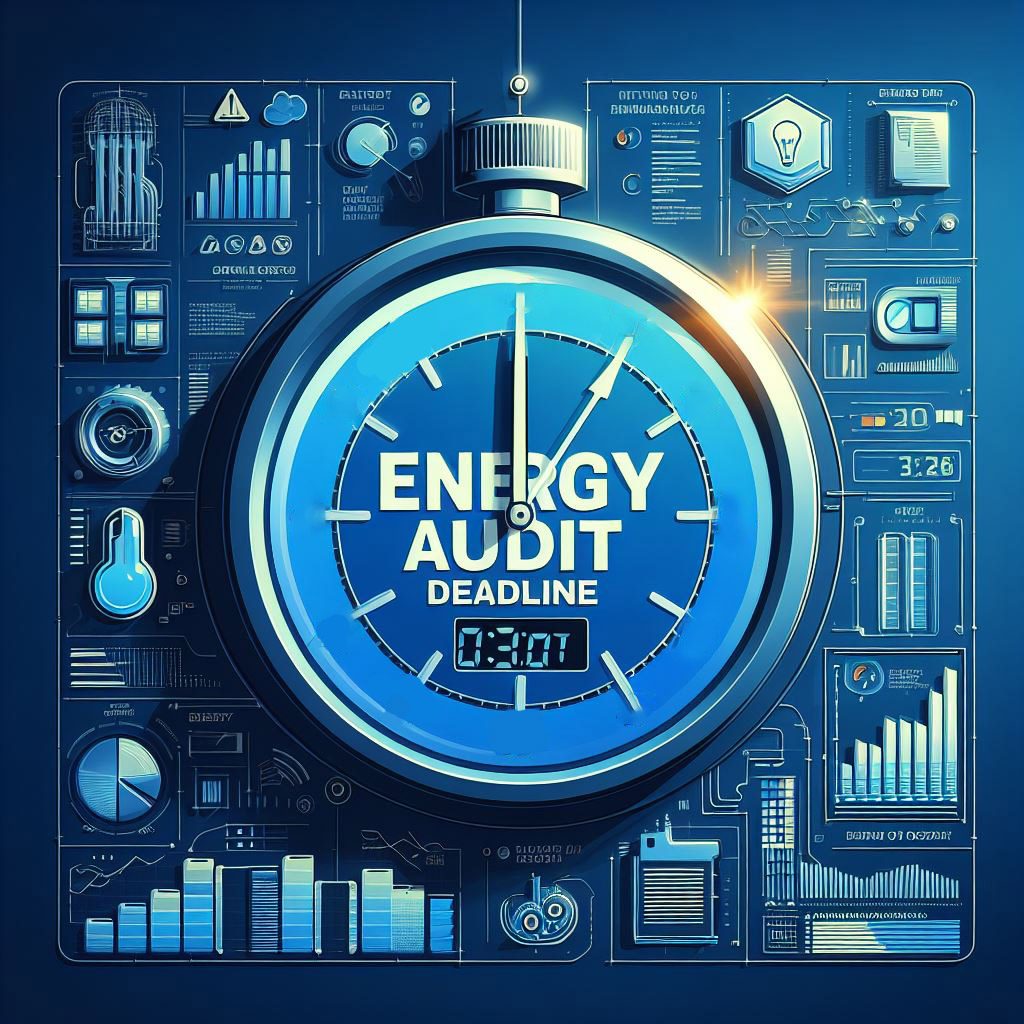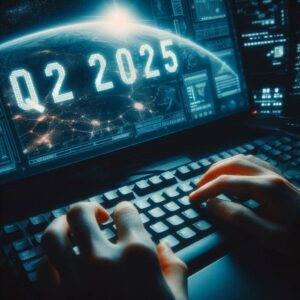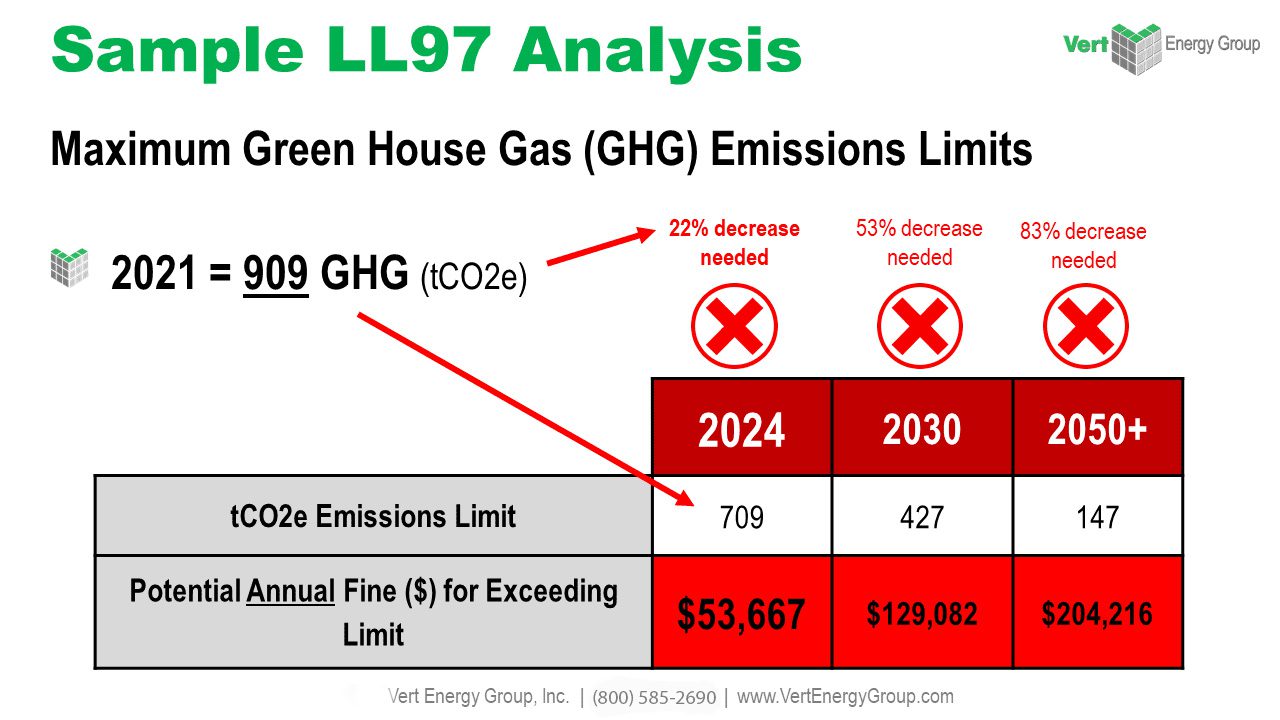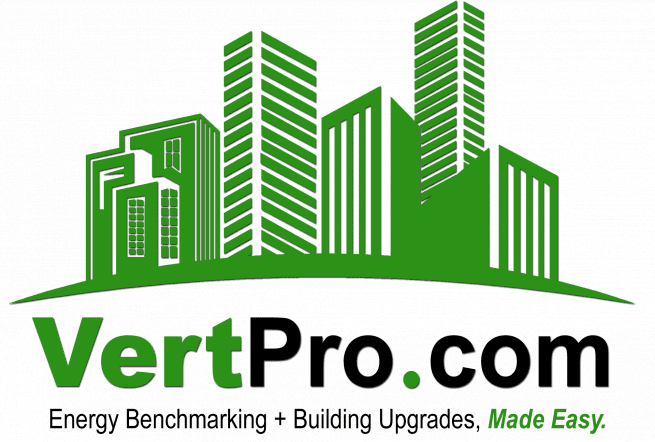Welcoming the New Energy Era: Hello 2024!
Happy New Year, energy enthusiasts! As we step into 2024, let's carry the momentum of last year's sustainability triumphs and gear up for an era of groundbreaking progress. This fresh chapter beckons us with energy benchmarking innovations, where AI and IoT forge smarter, more efficient systems in our quest for environmental excellence.
Cities leading the charge in 2024 now set sights on surpassing their benchmarks, championing a global movement towards a cleaner, greener planet. We're on the brink of witnessing real-time energy monitoring and the seamless integration of blockchain for transparent, accountable energy management.
As we navigate through 2024, we're committed to highlighting the trends, technologies, and policies that will shape our sustainable future. Join us in celebrating the synergy of our efforts and toasting to a brighter, more sustainable tomorrow.
Here’s to a transformative 2024 filled with innovation and impactful energy solutions!
Cheers to progress!
As we opened the doors to 2024, the world set some bold goals for green energy. These targets go beyond just figures; they’re about changing the game in energy. They push countries to use more solar, wind, and other clean energy sources, shrink our environmental footprint, and set a green trend that will last for years. With these changes come brand-new ways of checking our energy-saving marks—an area we call energy benchmarking.
Think of energy benchmarking as a report card that shows how well we’re doing in saving energy and being eco-friendly. But now, it’s getting a makeover. The rules of the game are changing. We’re looking at the type and quality of energy we use, not just how much we’re using. For instance, clean energy sources like wind and solar are now more valuable than old-school coal or gas. This shift is making businesses and governments take a fresh look at where they get their energy from. Plus, they might get rewards for choosing cleaner energy or penalties for sticking to the old ways.
Technology is also transforming how we keep track of energy use. We’ve got smart meters and better data, helping businesses figure out how to use energy smarter and react to changes quickly. This new way of measuring energy includes keeping an eye on battery storage and making sure the renewable energy we use is reliable. This means companies need to think about how to store energy and use it at the right time. So, our energy report cards aren’t just about saving energy anymore. They’re about shaking hands with nature, using all the new tools and technology we have, and making sure our energy choices today help build a healthier planet for tomorrow.
In simple terms, 2024’s big plans for renewable energy are making us reassess how we evaluate energy use. They’re encouraging us to get creative with our energy-saving strategies, and they’re reminding us that our progress will be measured by how well we take advantage of the bountiful, clean energy all around us. As we keep moving forward, it’s clear that our success will be judged on our ability to embrace renewables fully and create an energy system that doesn’t just work well but also plays nicely with Earth.
Boost your property’s energy performance with VertPro.com. Tap into our expert Commercial Energy Audits, Energy Benchmarking, Compliance Consultancy, and exclusive Construction Marketplace. Lead with our innovative SaaS solutions and ensure full compliance with essential energy laws. Visit VertPro.com now to transform your property and embrace an energy-efficient future!
In today's world, sustainability is no longer an option; it's a necessity. As businesses and property owners aim to reduce their carbon footprint, energy benchmarking has emerged as a crucial tool. It allows organizations to track and measure their energy usage, identify inefficiencies, and ultimately make informed decisions to lower energy consumption and costs.
Yet, as the complexities of energy systems grow, so does the need for advanced solutions. Enter Artificial Intelligence (AI), a technology that has been transforming industries across the board, including energy management. Artificial Intelligence brings a new level of sophistication to energy benchmarking, making it more accessible, accurate, and efficient.
- Advanced-Data Analytics: AI can analyze vast amounts of data from various sources, such as IoT sensors, weather data, and utility bills. This means more precise benchmarking and insights into patterns and anomalies. By spotting trends, AI can help identify areas where energy savings are possible.
- Predictive Maintenance: AI algorithms can predict when equipment or systems might fail. Predictive maintenance can help building owners take proactive steps to fix issues before they become significant problems, reducing downtime and energy waste.
- Continuous Optimization: AI can optimize energy consumption in real-time. For example, it can adjust heating, cooling, and lighting systems to align with occupancy and environmental conditions. This dynamic control leads to immediate savings.
- Personalized Insights: AI can provide tailored recommendations for energy efficiency based on a building’s specific characteristics and historical data. This personalized approach ensures that energy-saving measures are realistic and practical.
Artificial Intelligence is revolutionizing energy benchmarking, making it more accessible, efficient, and effective. As we move toward a more sustainable future, AI will play a crucial role in helping businesses and property owners reduce energy consumption, lower costs, and minimize their environmental impact. By harnessing the power of AI, we can turn energy benchmarking into a dynamic, data-driven tool for creating a more energy-efficient world.
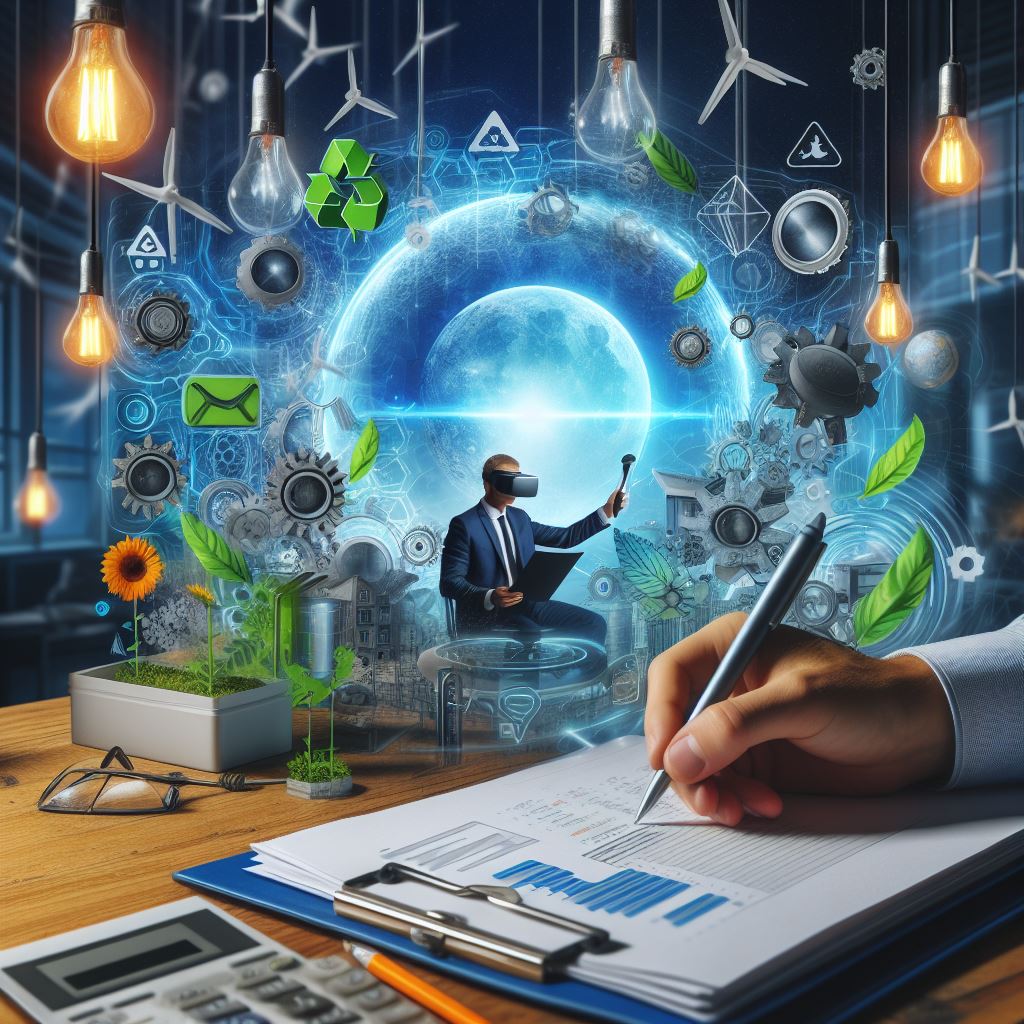
In 2024, the energy audit landscape is undergoing a digital transformation, with Virtual Reality (VR) emerging as a leading innovation. This immersive technology is reshaping the traditional energy audit, augmenting the process with a level of detail and insight previously unattainable. VR has introduced a new norm within the industry, where energy efficiency experts don virtual headsets, navigating through a building’s complete energy use profile in a three-dimensional space. This shift is not just about the razzle-dazzle of technology; it’s about the substantial enhancements in accuracy, time savings, and depth of analysis VR brings to energy audits.
This leading-edge technology offers:
- Immersive Analysis: Auditors use VR headsets to explore a building’s energy usage in a fully immersive 3D environment, improving the precision and detail of audits.
- Remote Preliminary Assessments: VR allows for initial checks to be done remotely, pinpointing problem areas without physical site visits.
- Enhanced Visualization: Real-time visualization of energy flows and losses is now possible, making it easier to identify inefficiencies.
Traditional energy audits, while thorough, are often time-consuming and can be intrusive to daily operations. With VR, however, auditors can conduct preliminary assessments remotely, identifying trouble spots without ever setting foot on-site. This virtual pre-assessment makes on-site visits more efficient, narrowing down areas that require in-depth analysis.
Key benefits of integrating VR into energy audits include:
- Streamlined Processes: Save time with efficient remote assessments and focused on-site visits.
- Training and Skill Development: New auditors can safely gain experience through realistic simulations, reducing the risk of errors.
- Predictive Analysis: Test and visualize the effects of energy-saving measures in virtual scenarios to enable better decision-making.
Virtual Reality is carving a new path in energy audits, crafting a modern approach that harmonizes technology with sustainability. As 2024 continues to unfold, it’s evident that the VR-infused energy audit is not just a fleeting trend but a cornerstone in the foundation of modern energy management. With the power to visualize the invisible, VR is guiding us toward a future where energy efficiency is not just imagined but seen, explored, and achieved with a clarity that propels us towards a greener tomorrow.
San Jose:
Beginning in 2023, a new set of compliance requirements for commercial and multifamily properties take effect in San Jose, called Beyond Benchmarking. Beyond Benchmarking requires compliance with energy and water consumption. To meet performance standards, buildings can perform an energy audit, retro-commissioning (RCx), or targeted efficiency upgrades to improve performance. Deadlines are determined by the property’s Gross Floor Area (GFA sq. ft.) and the last digit of its assigned San Jose County Tax Assessor’s Parcel Number (APN).
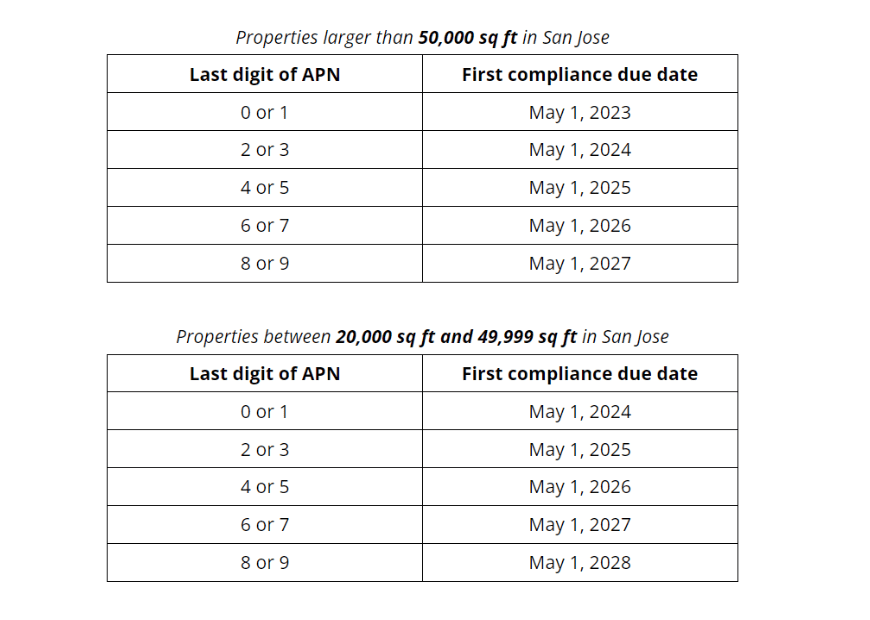
Los Angeles:
The Los Angeles Existing Buildings Energy and Water Efficiency (EBEWE) Ordinance requires commercial buildings over 20,000 sq. ft. to achieve certain efficiency targets or perform energy and water audits and retro-commissioning on a 5-year cycle determined by the property’s Building ID.

Energy audits help identify inefficiencies, while retro-commissioning ensures optimal system performance. The audit reports submitted are reviewed by the LA Department of Building and Safety for compliance, which can yield operational cost savings and contribute to environmental sustainability. Non-compliance risks penalties and reputational damage, so property owners are urged to stay informed about their audit cycles and submit required documents promptly, ensuring they contribute to LA’s environmental goals and avoid potential fines.
San Francisco:
San Francisco’s Existing Buildings Energy Performance Ordinance (Environment Code Chapter 20) requires that each non-residential building with at least 10,000 square feet of conditioned (heated or cooled) is also required to undergo an energy audit, retro-commissioning, or develop a plan for decarbonization at least once every 5 years. The deadline for these submissions is April 1st of each year, and this schedule is in place to help the city track progress toward its aggressive climate action targets. Failure to comply by the specified deadline can result in penalties and public disclosure of non-compliance. Building owners should stay vigilant in their compliance efforts, not only to avoid fines but also to benefit from the potential energy savings and sustainability achievements these audits can facilitate.
Cities like San Jose, Los Angeles, and San Francisco are at the forefront of energy efficiency, with new ordinances pushing commercial properties toward sustainable practices. Compliance is critical—not just to avoid penalties but to champion environmental stewardship. Through diligent energy audits and retro-commissioning, building owners can lead in energy conservation, paving the way for a healthier urban future. Proactive involvement in these initiatives not only aligns with legal mandates but also signals a commitment to advancing a sustainable legacy for the generations to come.
- Devices often consume electricity when switched off, a phenomenon known as “phantom load,” potentially adding 5-10% to household energy bills.
- LED bulbs are over 75% more energy-efficient and last 25 times longer than traditional incandescent bulbs.
- Earth receives enough solar energy in one hour to satisfy global energy needs for an entire year.
- Wind energy is one of the most affordable renewable sources, with costs often on par with fossil fuels in many regions.
- ENERGY STAR certified appliances can save households about $450 annually by being significantly more efficient than standard appliances.
January, the gateway to the year, stands as a beacon of beginnings and the custodian of resolutions. It’s a month that captures the collective spirit of renewal, where personal ambitions and fresh aspirations take flight on the wings of newfound determination. This is a time when the calendar resets, and so does our mindset, fostering a unique energy that propels change and personal growth. We pen our goals, envision our future selves, and brace against the cold not just with cozy layers, but with a warm inner zeal to improve, to advance, to become.
January is also the month of resilience, where the novelty of resolutions meets the test of reality. It’s a period that demands persistence, as the initial enthusiasm for New Year’s resolutions may waver under the weight of routine. January’s stark landscapes and lengthening nights serve as a backdrop for reflection and reassessment, nudging us to stay true to the course we’ve charted despite distractions or setbacks. It is the steadfastness of January’s resolve that sets the tone for the year.
As we navigate the terrain of this initial month, let’s remember that January is more than just a temporal landmark; it’s a symbol of potential and possibility. January encourages us to balance our ambition with wisdom—to recognize that every effort counts, every day is a step forward, and every small achievement is a cornerstone laid for future success.




